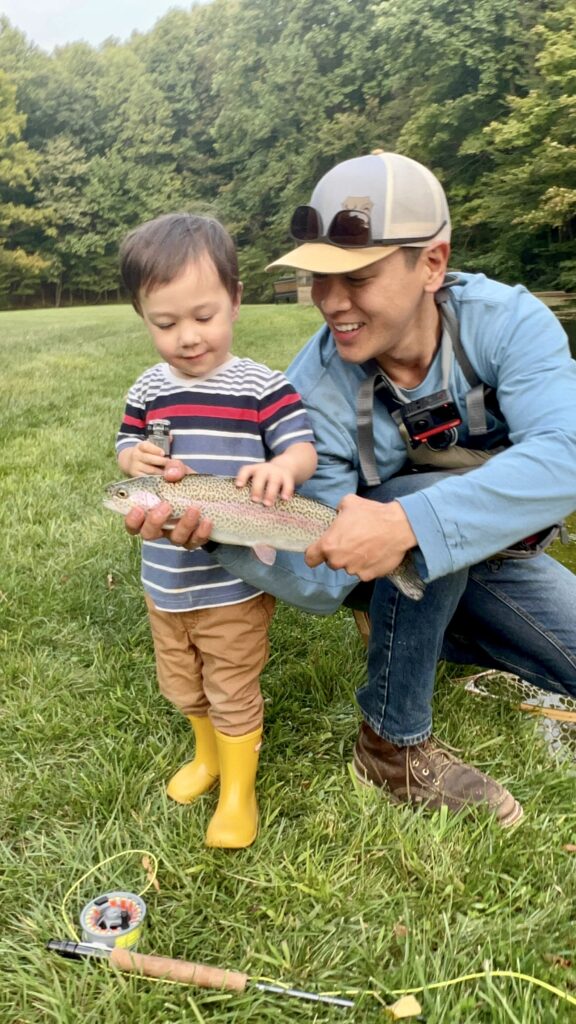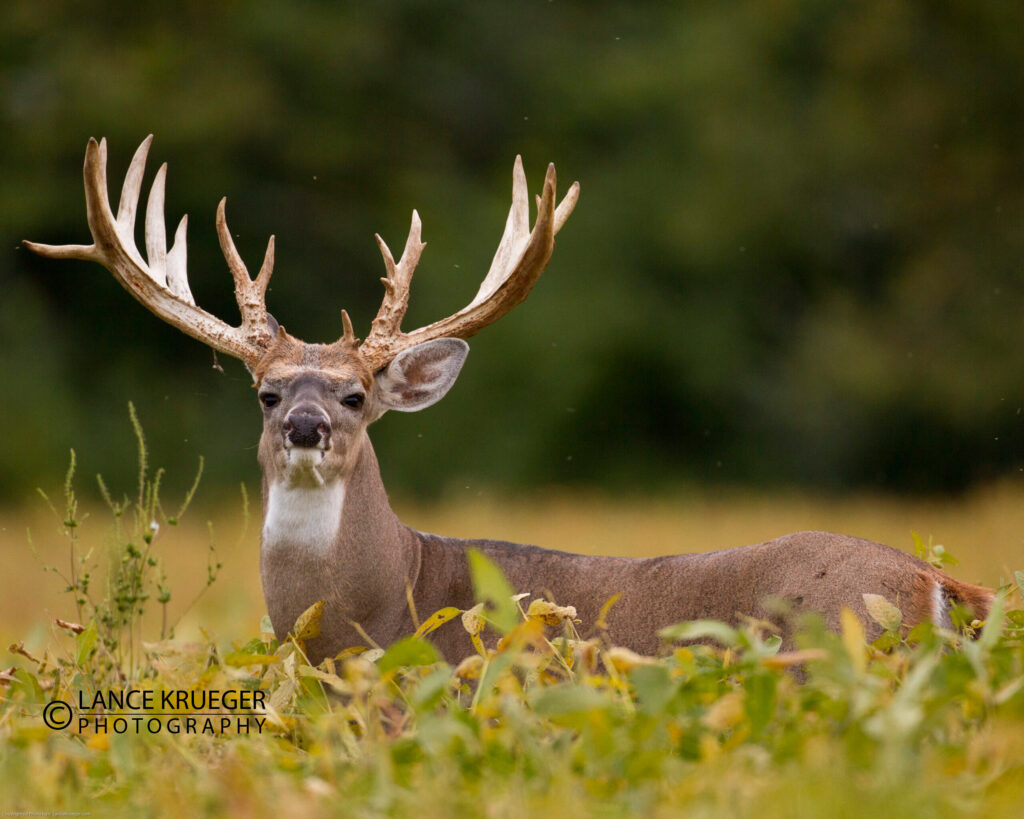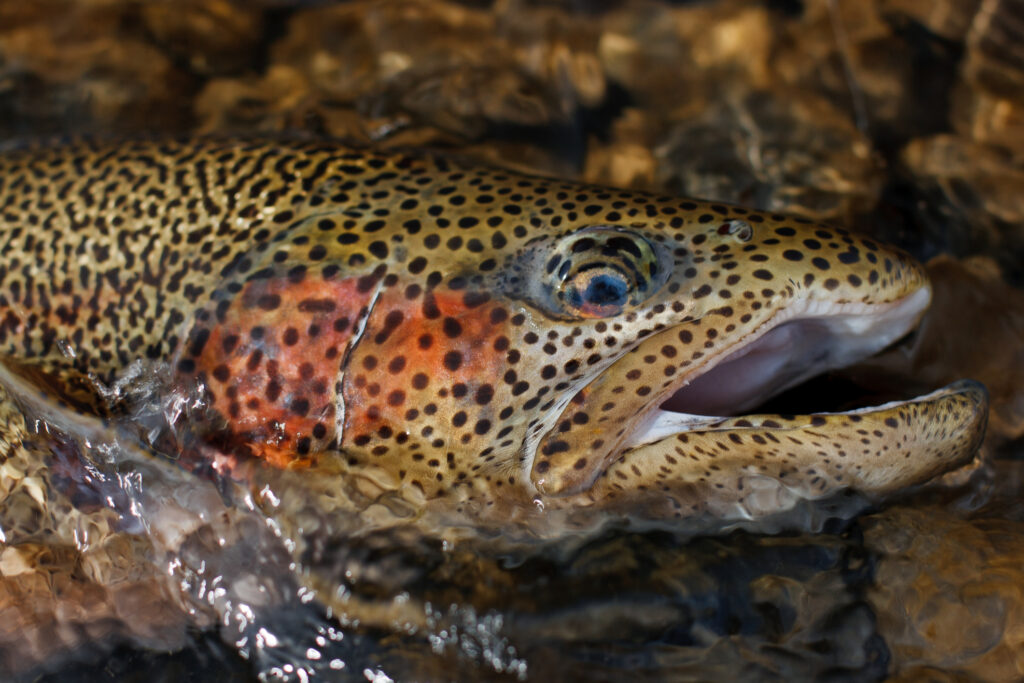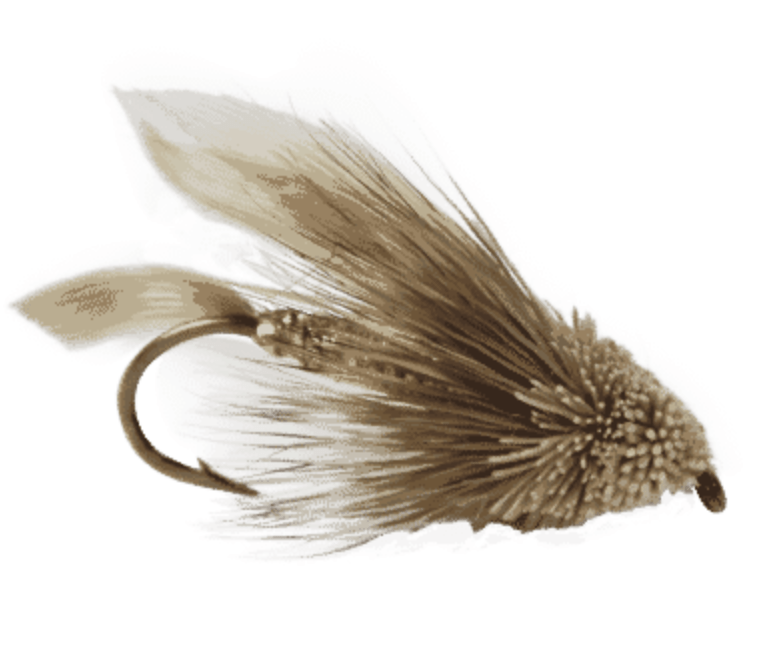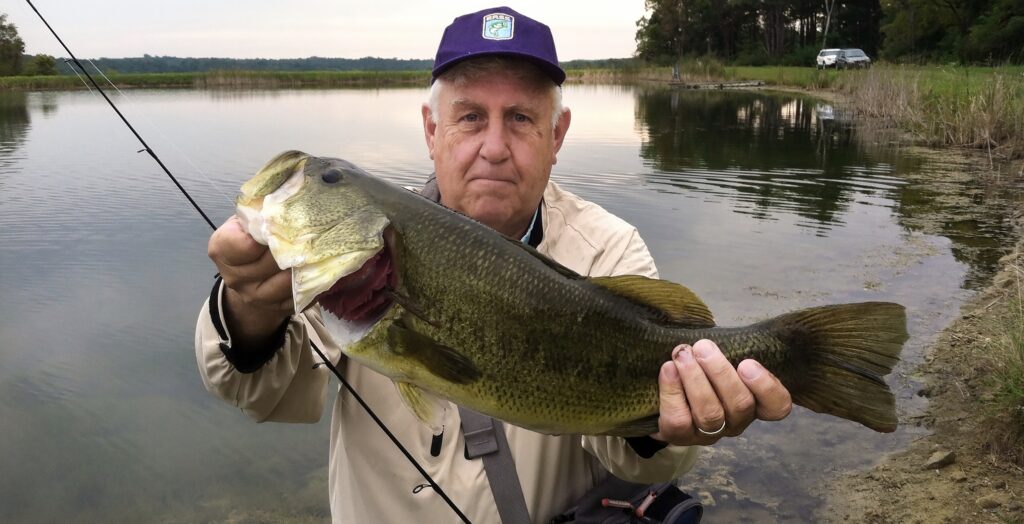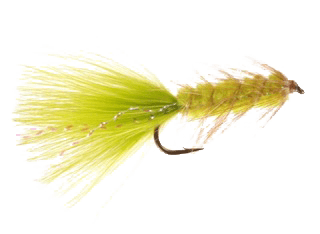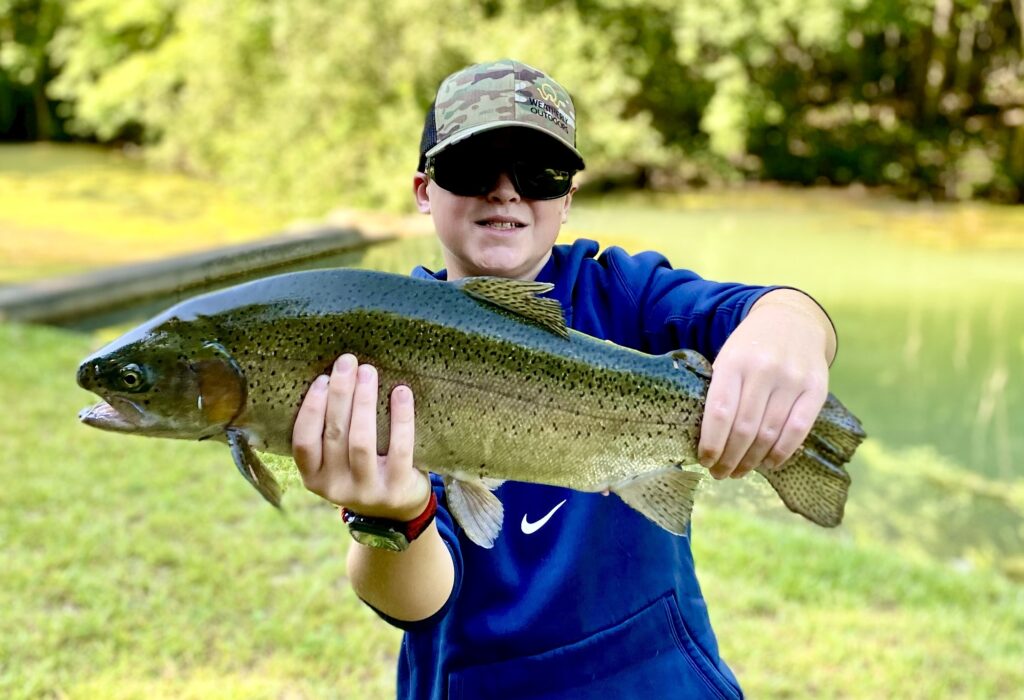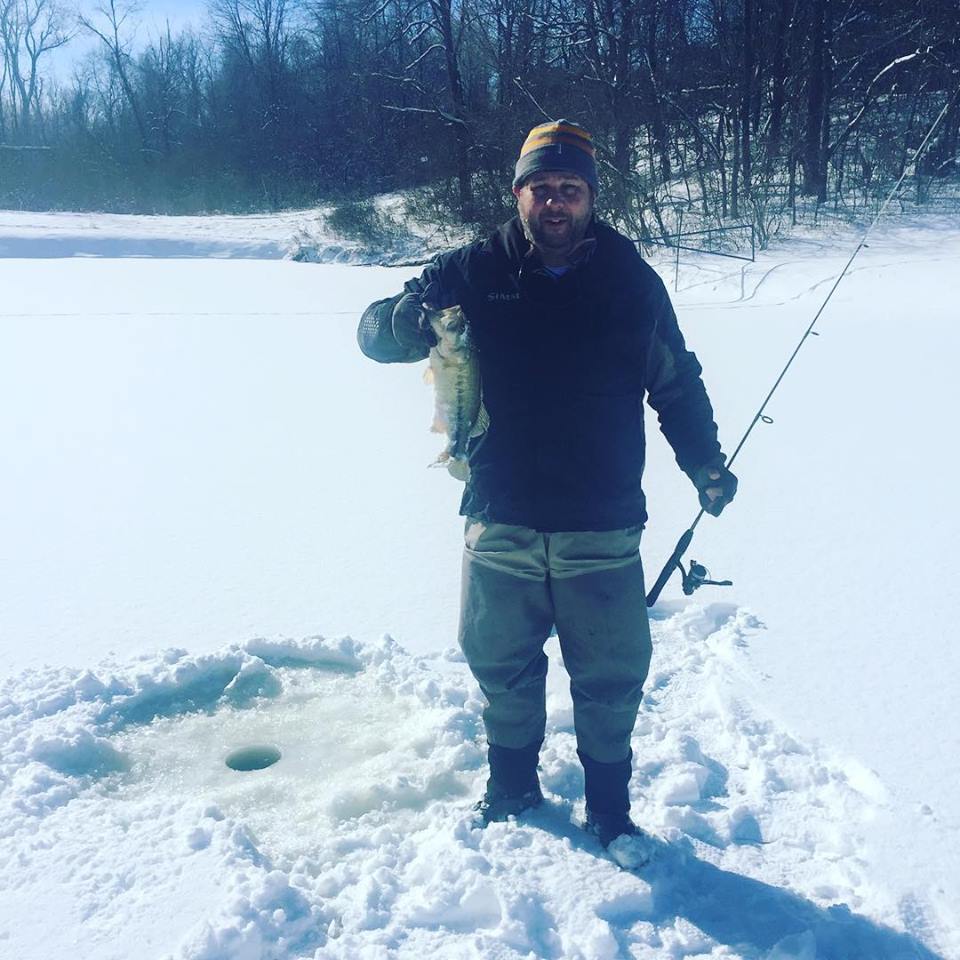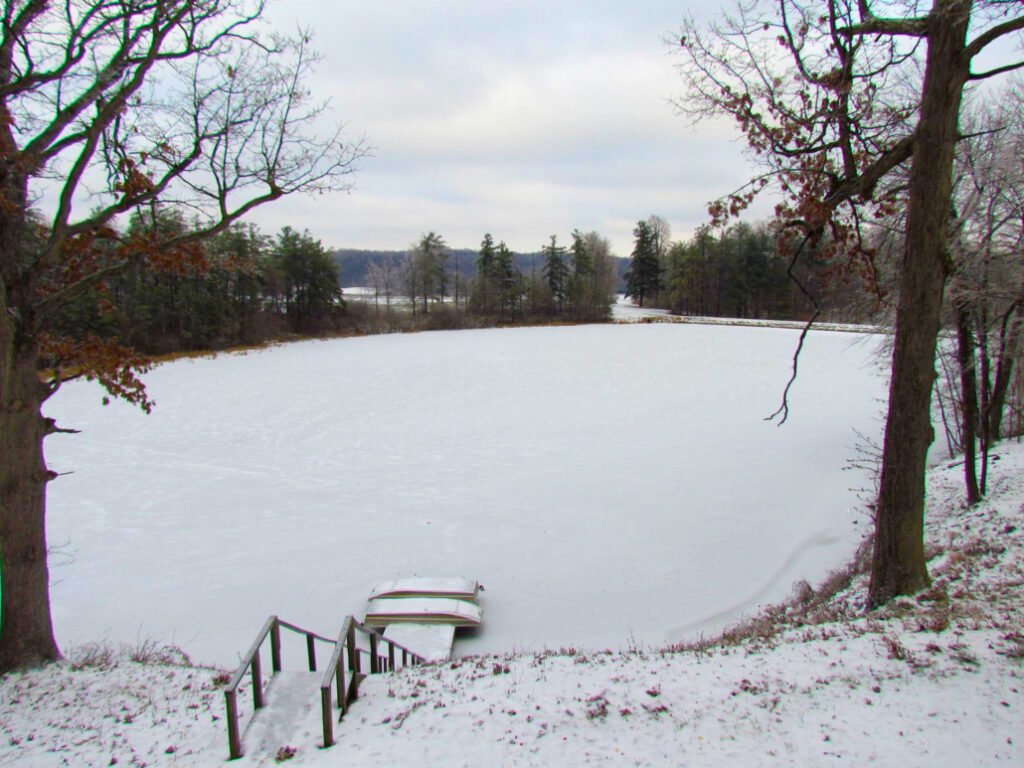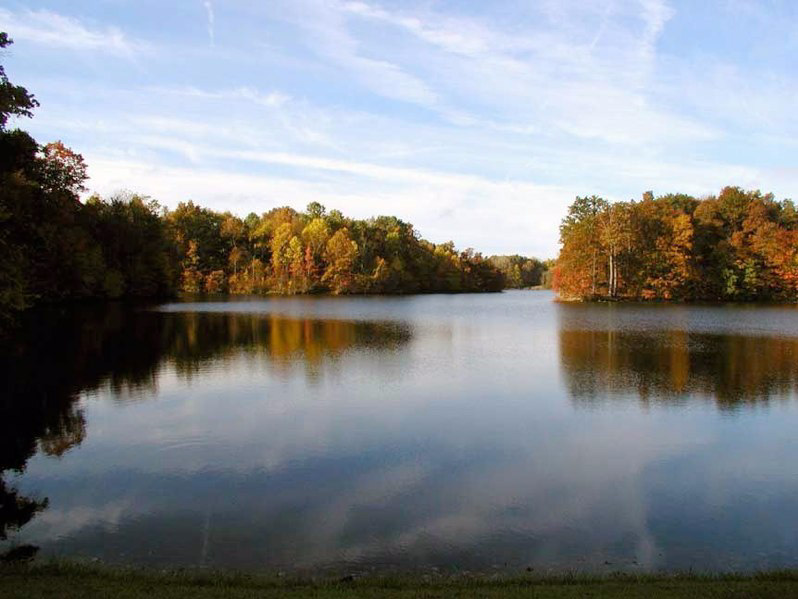Ahh, the celebrated largemouth bass. This highly sought, aggressive sportfish is surely the most widely recognized fish for anglers of all abilities, especially for the eastern half of the U.S. The species is truly a legendary fishing target – in fact, ask the more seasoned circles of bass fanatics who for years have referred to the big ones as hawgs, pigs, toads, lunkers, studs, bruisers, and of course, wallhangers! Few other species have that killer instinct reputation with bragging rights status for the angler. At Briarwood Sporting Club, a 440 acre private fishing club and hunting preserve located in Logan County, Ohio, you can find these impressive fish in all of our ponds and lakes, from North Lake to Perch Pond. With the water temperatures rising above 55 degrees right now, largemouth are ready to eat (actually, devour) as we roll into late April! Fly Fishing for Largemouth Bass For me and many other anglers, there is no more exciting way to land a hawg than with a fly rod. Sure, most people can catch a bass with spinning or casting gear, and certainly live bait. But with a little expert guidance, you can gain the bragging rights of getting that lunker while fly fishing for largemouth bass here at your club – and the excitement only fly gear provides! For that expert guidance, I turned to two proficient anglers (who also happen to be Briarwood members) who have a wealth of largemouth bass fly fishing experience. They each have more than 35 years of angling for bass and many other species under their belt. Max Reiner and Steve Moore were happy to share their experience, wisdom, and gear tips. Max Reiner started fishing at the age of 3 and caught his first fish, a hybrid bluegill, in a small pond. He was hooked immediately. He has fished around the country and beyond for many, many species with equipment he designs and builds. He has also served as a professional fishing guide. His favorite species to pursue by fly are carp and musky. Steve Moore started fishing when he was 5 and his first fish was a bluegill as well. Since then, he has seized every opportunity to fish with a passion, using his hand-tied flies – many of his own design. He has closely studied the nuances of fish behavior and how seasons, weather, and water quality are so closely connected to fishing success. His favorite species to pursue by fly is the steelhead. Interviewing the Fishing Experts “What is the most unusual place you’ve fished?” Max: That is an easy answer for me – several unnamed atolls in the Pacific for dogtooth tuna and giant trevally. Steve: I would love to say something neat and obscure such as fishing native brook trout in Labrador Canada, but I’m actually kind of lame – it is my backyard. There is a pond in my neighborhood that when flooded will frequently back up into my yard. This creates a perfect situation for largemouth bass to swim up the fake channel looking for all kinds of new food sources, as well as my flies, apparently. “I know you guys have some intriguing experience like guiding and making your own fly gear – please share more.” Max: I started guiding when I was 20 in Alabama, when I should have been in my college accounting classes in Ohio. I did two several-month stints guiding for red fish and speckled trout in the Gulf region of Alabama and Louisiana. Mostly sight fishing and skinny water. My experience building lures, flies, and rods came out of necessity because at the time a lot of the species I was chasing did not have properly designed tackle available from mainstream manufacturers. It has morphed into building beautiful tools for anglers that take a lot of pride in their gear and are pursuing a specific and hard-to-catch species. I really enjoy making flies and lures, as well as rods. I have been able to share this passion with members I have met at Briarwood. Steve: Tying flies is one of my favorite things to do; almost equally as much as the fishing itself. I’m always looking to both innovate with new patterns, as well as improve on old favorites. I particularly enjoy tying up a small box of flies the night before a trip to the water, which will be specific to the conditions and fish I will be targeting. Few things are as satisfying and enjoyable to me as catching a fish on a fly that I tied myself – especially some new and creative ones I designed like my latest I call the “flypala.” “What is it about the largemouth bass that’s so appealing to you as an angler?” Max: I would say accessibility, its range in Ohio and the Midwest, combined with the ability of the species to live in lakes, streams, and rivers of varying water quality and temperature. Their range of forage and how they can be caught is equally appealing. And on a personal note, I can’t understand any angler not thoroughly enjoying a largemouth blowing up on a top water fly! On a calm morning at Briarwood, there is nothing more awesome than that water breaking open and a hawg taking your topwater fly. Steve: The appeal of catching largemouth bass to me is quite extensive. They are an aggressive species that is widely available geographically. You can fish for largemouth bass in nearly any pond, lake, or ditch as well as in the rivers. And this certainly is true at the Briarwood Sporting Club. This makes it a familiar fish that you can become quite adept and skilled at catching. There is also a very versatile set of tactics to use, particularly topwater, which can keep the fishing always fresh and fun. The visual display of a popper getting taken down by a bass is something to be seen. Largemouth bass are also appealing in that they are a great combination of hard enough fight, while still

